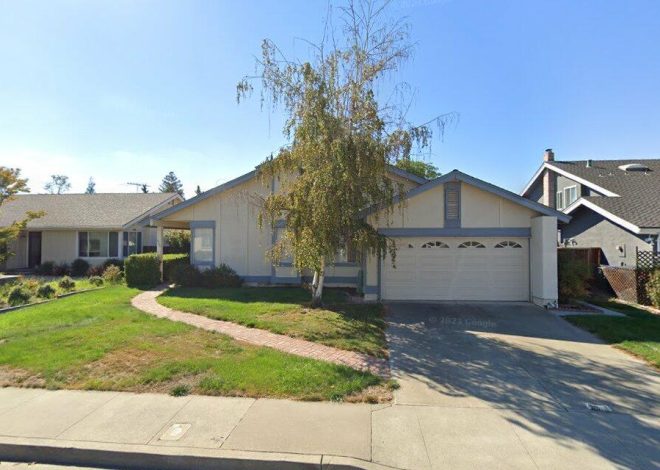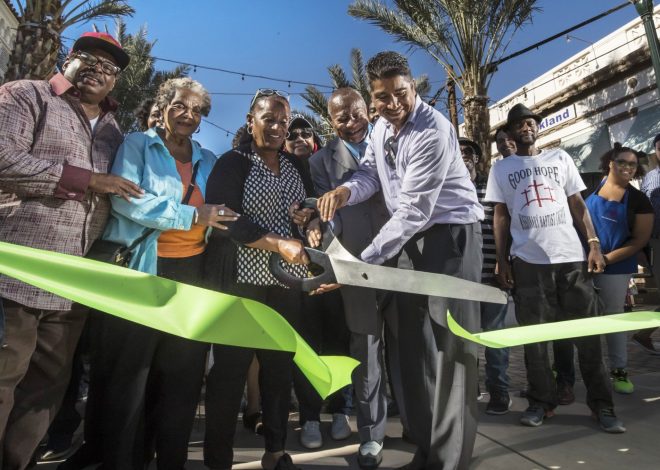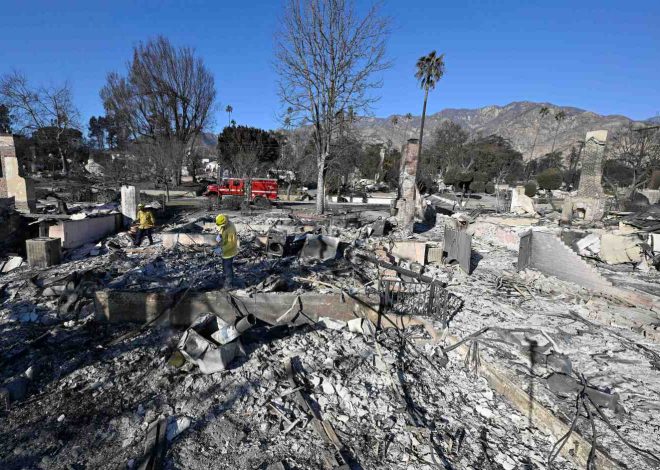
Ranked-choice voting is expanding around the country — but in Oakland, it’s under attack
OAKLAND — The use of ranked-choice voting, an election format that allows people to support multiple candidates in a single race, is becoming more widespread across the country with cities, counties and now even entire states embracing it.
But in Oakland, an early adopter of ranked-choice voting, it’s under attack after encountering damaging errors in the general election two years ago. The public’s sympathies on the issue could depend on the upcoming Nov. 5 election going smoothly.
Election officials say they’ve resolved a clerical issue that in 2022 led to a ranked-choice school-board race being called incorrectly.
But a lesser-known hang-up remains: This year’s 10-candidate City Council race featuring Oakland’s former police chief will feature only five choice columns on the ballot, creating tensions with the guidelines of the City Charter.
Meanwhile, the nonprofit Reclaim Oakland has begun “educating voters” about the format, its president said, using $125,000 raised by a political committee that wants to eventually eliminate ranked-choice voting in future city elections.
That same committee, Foundational Oakland Unites, has also spent $480,000 to recall Mayor Sheng Thao, whose close election victory in 2022 relied on the system’s unique method of transferring votes between candidates.
Pamela Ferran, the president of Reclaim Oakland, said only that she is “meeting with groups” of mostly senior-aged residents and researched how ranked-choice voting is faring in other jurisdictions.
Ranked-choice wouldn’t formally be up for debate until a reshaped City Council decides whether to place it on the ballot next year. Could the format sustain any blows this year?
How ranked-choice voting works
The core principle of ranked-choice voting is relatively simple, but the format’s finer points take longer to explain.
In a race with more than two candidates, voters list the ones they support by order of preference, marking a bubble on the same line as each candidate’s name in corresponding columns. That’s the extent of what voters need to worry about doing.
When the ballots are counted, a candidate who wins more than 50% of the first-place votes is declared the outright winner of the race.
If none do, the election enters an “instant runoff,” where the lowest-vote-total candidate is eliminated, and their votes are transferred to others in the race according to the second choices of the last-place candidate’s supporters.
The race then enters another elimination round if it features more than three candidates and no one has more than 50% support. This time, a candidate marked in third-choice columns could receive votes if the first two candidates are eliminated.
The rounds don’t conclude until a candidate receives the majority share of votes. In the case of the 2022 mayoral election, it took a full nine rounds to whittle down a 10-candidate race because it was so close between the two frontrunners, Thao and Loren Taylor.
Thao became the second mayor in Oakland, after Jean Quan in 2010, to win an election without securing a majority of first-place votes, relying instead on second-choice transfers from another, more left-leaning candidate.
Proponents of ranked-choice say the system smartly highlights the subtleties of voter preference and raises the relevance of candidates who have little shot at being elected.
Detractors label ranked-choice as confusing, pointing out that its complications have contributed, in part, to recent catastrophes.
How Oakland school board’s ranked-choice debacle will impact Nov. 5 election
In the 2022 Oakland Unified district school board race, Mike Hutchinson, the rightful winner, was marked as the second choice by a handful of voters who left the first-choice column blank. Under Oakland’s city charter, those votes should’ve immediately been advanced to him, and he’d have won if they did.
But the Alameda County Registrar of Voters, which administers the city’s elections, instead selected the wrong setting in the ranked-choice system and mistakenly sidelined those votes until the second elimination round, when Hutchinson had already been knocked out.
A judge later resolved the issue, though not before the wrong winner had been certified and inaugurated.
This time, the prominent elections firm Dominion Voting Systems isn’t allowing elections officials the option to choose between settings, and Registrar Tim Dupuis said in an interview that future versions of the company’s software could be much more streamlined.
But it appears to be a weakness of the ranked choice format that such a small tweak could entirely flip an election outcome. And there’s almost no available research or discourse about which of those settings better reflects the will of voters — the very purpose of it all.
But perhaps because that’s such a mouthful, critics often settle for calling ranked-choice “confusing.”
“Everyone wants these things to be simple, but democracy is not simple,” said elections expert Steve Hill of the ranked-choice advocacy group FairVote. He noted that the electoral college, one-two primary system and campaign finance laws are similarly tricky.
Larger races will still be limited to five ranked-choice columns
Related Articles
Sam Liccardo and Evan Low trade blows in the weeks leading up to the election
How big is too big? Sonoma’s vote on farm size could spread to nation
Farms or subdivisions? Ballot measure would curb development on Silicon Valley’s southern edges
Letters: East Bay parks | Gas prices | Dems’ no votes | Harris’ inexperience | Racism’s role
Letters: Stebbins for judge | Prop. 33 | Prop. 5 | Artificial turf | Trump and Musk | Affirmation vs. punishment
Oakland’s last mayoral election featured 10 candidates, but ballots were limited to a maximum five choice columns across all local races — technically breaking rules set by the City Charter, which requires voters be allowed to “rank as many choices as there are candidates.”
This problem won’t change: The upcoming 10-candidate race for the City Council’s at-large seat and six-candidate District 3 race will allow voters to rank candidates across just five choice columns.
Election officials are relying on an exception in the City Charter that allows the rules to be bent if voting equipment “cannot feasibly candidate” all those choices.
Dominion offers a maximum 10 choice columns; that’s how many will appear on ballots in San Francisco’s pivotal 13-candidate mayoral race.
But in Alameda County, officials determined that 8.5 x 11 inch paper ballots are too small to accommodate more than five choice columns per race, and it’d be too expensive for the county’s other cities just for Oakland’s sake.
The logistical issue will significantly impact how elections are conducted. Its impact on election outcomes is less clear — but in Oakland, officials hope the outcomes themselves can withstand scrutiny.


